FT Guide to Exchange Traded Funds & Index Funds: How to Use Tracker Funds in Your Investment Portfolio
Rated 4.89 out of 5 based on 9 customer ratings
(9 customer reviews)
$25.50
| Author(s) | |
|---|---|
| Format |
|
| Pages |
497 |
| Publication Year |
2012 |
Category: Investing & Wealth Strategies
Tag: Hedge and ETF Funds
Description
The Financial Times Guide to Exchange Traded Funds and Index Funds is a comprehensive and authoritative introduction to investing using portfolios that track an index. David Stevenson explains what exchange traded funds are, how they work, compares different fund types and provides a coherent investing master plan. This thoroughly updated guide includes information on investing in commodities, advice on essential asset classes including emerging markets and global equity income and an analysis of traditional ETFs and the growth of next-generation and synthetic ETFs.
The Financial Times Guide to Exchange Traded Funds and Index Funds:
- Shows you how to use ETFs and advises on risks
- Suggests actual portfolios of mixed ETFs for you to start with
- Gives you 25 essential indexes that you should be following
- Offers free access to essential ETFs for UK investors at www.pearson-books.com/etfs
Contents:
- A quick primer on the theory – or how we got here
- Structuring the revolution
- Investing in commodities using index funds
- The fiddly detail – risks, caveats and the indices
- The new fundamental indexing revolution
- On portfolios
- Big theme investing and index funds
- Active portfolios using ETFs
- Putting it all together
- The master portfolios
FT Guide to Exchange Traded Funds & Index Funds: How to Use Tracker Funds in Your Investment Portfolio By David Stevenson pdf
4.9
Rated 4.9 out of 5
9 reviews
Rated 5 out of 5
8
Rated 4 out of 5
1
Rated 3 out of 5
0
Rated 2 out of 5
0
Rated 1 out of 5
0
9 reviews for FT Guide to Exchange Traded Funds & Index Funds: How to Use Tracker Funds in Your Investment Portfolio
Clear filtersOnly logged in customers who have purchased this product may leave a review.

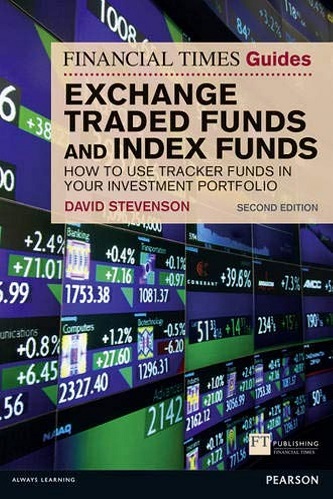
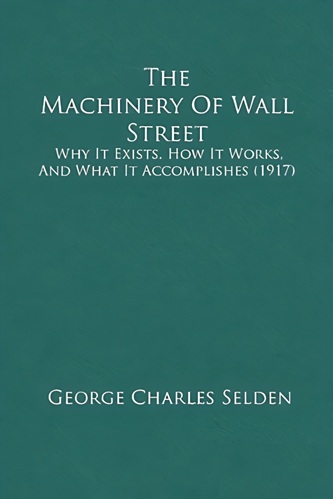
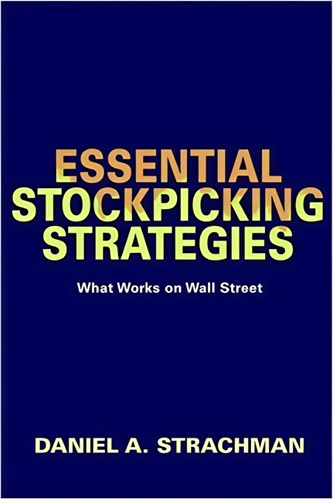
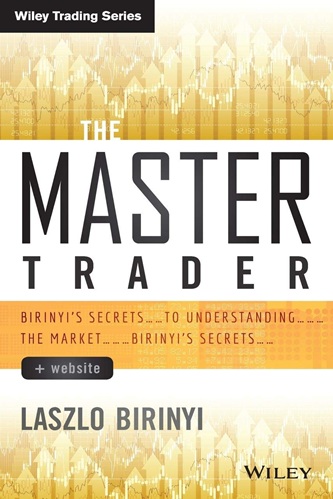
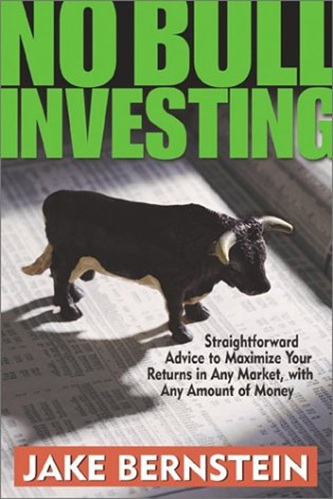
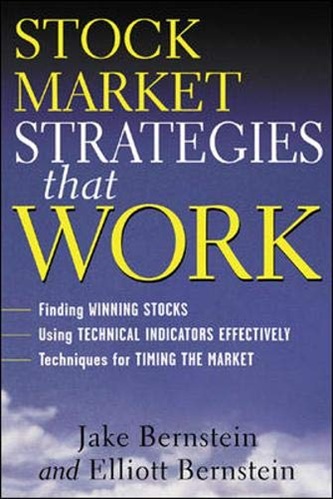

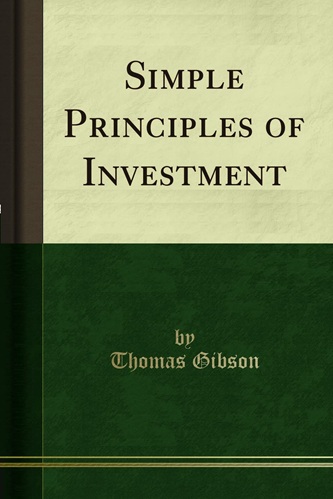
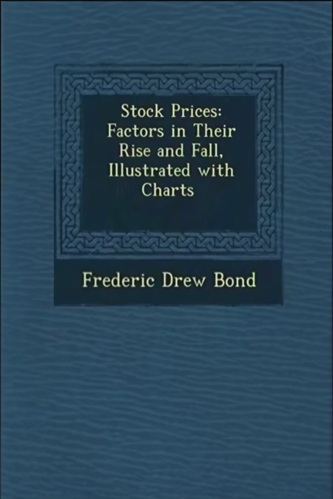
Meilani Bean (verified owner) –
Good read.
Londyn Fernandez (verified owner) –
Everyone planning for the future or thinking of investing for the long haul needs a copy of this book
Louise Barrera (verified owner) –
Too much information!
Makai Mendez (verified owner) –
Highly recommended for anyone trying to learn the basics of etf investing and structuring.
It teaches you almost everything you would meed to crack an etf interview as well.
Very well written and highly recommend.
Bentley Sampson (verified owner) –
This is an excellent book for anybody who want to learn about ETFs. It is very well written and the firstly type of this book for the UK consumer. At last we have somebody who offers a balanced view on synthetic ETFs which are far more efficient in terms of tracking error with no more (or even far less) counterparty risk than physical ETFs which engage in stock lending.
Maisie Sweeney (verified owner) –
Loved this book. In my opinion, most non-full-time investors should have the bulk of their assets in ETFs, and this book gives one all the information needed for that, and then some. The list of 25 must-know ETF types at the end, with specific ETFs discussed for each, is worth its weight in gold.
My only complaint is that the book is now several years out of date, which matters a lot for such a fast-developing area. The book would be perfect if that list of ETFs at the end had a companion website that kept the ETF lists and price series up to date – or at least had a new edition to bring its data up to today.
Hadley Schmidt (verified owner) –
Very detailed analysis of Index Trackers and ETFs. The author considers and debates both sides to each point he makes, and references a plethora of research.
The book has a lot of information and it is not necessarily a quick read, as you will want to read carefully and absorb as much as you can. However, I have not found anything that is not interesting or useful within its pages.
I finished the book about a year and am still coming back to read the market analyses in the appendix! I have also begun my investing and am very excited (and confident) to apply what have learnt.
Simply the best book on investing I have ever read.
Nixon Drake (verified owner) –
In this fantastic book, Stevenson completely demystifies the world of passive investing (i.e. not trying speculate to beat the stock market) using ETFs and index tracker funds, including any pitfalls and tax considerations associated with them. However the book is quite a challenging and lengthy read as it is jam packed with technical information, research and financial jargon that may easily bog down someone new to all of this. Nonetheless, readers who prefer to skip the lengthy academic and technical aspects of the book will find the final chapters on Master Portfolios and Essential 25 funds extremely useful to get yourself started. Unless you have a photographic memory, you may find yourself frequently using the book’s well organised index to quickly zero into a topic you want to know more about! All in all, this book is a pure gem for any investor.
Zayden Savage (verified owner) –
While this is undoubtedly a dry subject, perseverance pays off. I’ve just finished chapter 7 and things have been really tied together to such an extent that I can safely give this 5 stars.
This book explains the various different Exchange Traded Products, their relative risks and what to look for when selecting them. It also covers how to diversify portfolios across instruments, asset classes and geographically. All of this is backed up with references to research, statistical data and sound, down-to-earth advice such as whether investing is the right thing for you, what your aims are and, most importantly, whether the risk of a particular investment is worth the potential gain.
This book has saved me the hassle of learning about value investing (little point) and has made me reassess my goals, priorities and amount of risk I’m willing to take. It’s also probably saved me tens of thousands of pounds in unnecessary fees for active fund management.
I can definitely recommend this book. I read this after reading the FT Guide to Investing which was equally light reading (!). If you can take the effort to wade through both of these tomes you may actually understand how the markets work, the risk profiles of the different instruments, and even the financial press. You may also find that you reject active fund management since the stats pretty much speak for themselves, potentially saving yourself thousands of pounds.